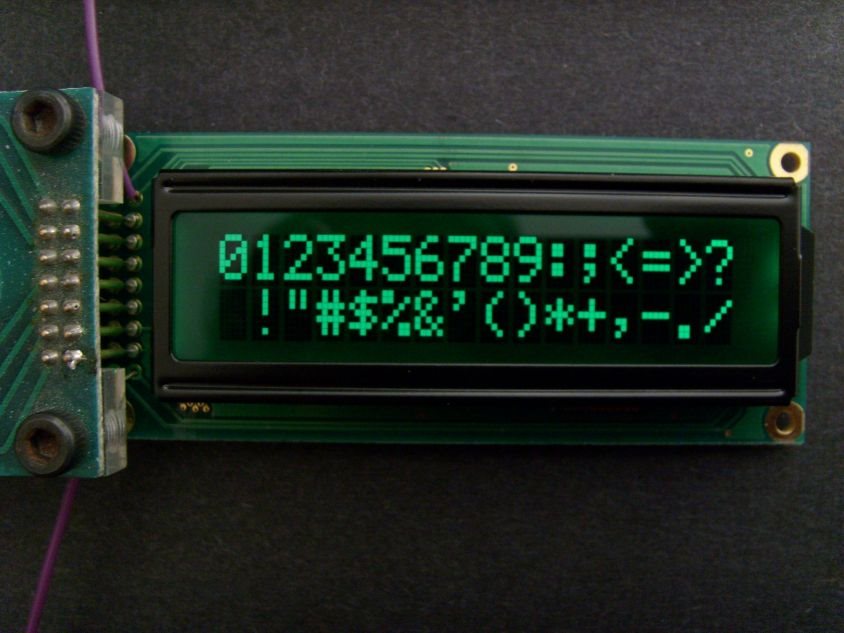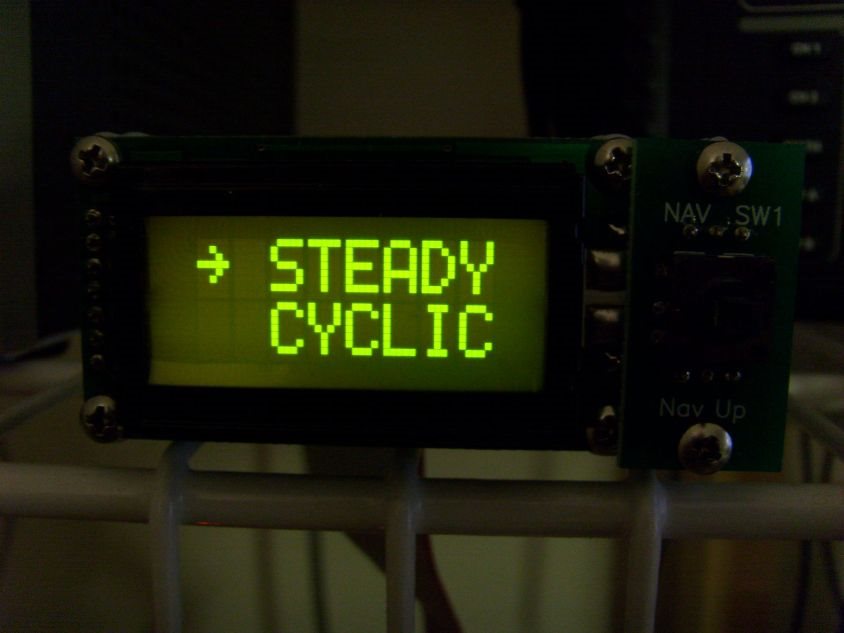Hi,
Custom board with TM4C129XNCZAD micro controller configured to work at 120 MHz
As a part of the test suite, we have to ensure that the TM4C129XNCZAD is operating at 120 MHz. Is there a way to measure the operating frequency of the microcontroller
TIA
Narendra




